Cracking the Code: Biosecurity’s Important Role in Commercial Egg Production
The concept of biosecurity in layer farms is actually straightforward – keep your hens safe and healthy. As easy as it sounds, the implementation of a comprehensive biosecurity plan however is a rigid, structured and continuous effort. A study published in the National Library of Medicine, Australia concluded that most biosecurity practices were rated on average as ‘very important’ by farmers.
Yet we all know that outbreaks of avian diseases are quite common in the Asia Pacific region. Instances of Coccidiosis, Newcastle’s Disease, Salmonellosis and Avian Influenza among others has plagued many farms and resulted in disastrous losses for egg producers. This is a clear indication of inadequate biosecurity measures, or sometimes even considering such measures are intrusive and will make day-to-day work harder.
The fact is that disease-causing organisms – be it viruses, bacteria or parasites – are invisible to the naked eye. Hence a well-thought-through and reliable biosecurity plan is essential to prevent outbreaks and ensure a high-performing flock.
The Sneaky Problem with Pathogens
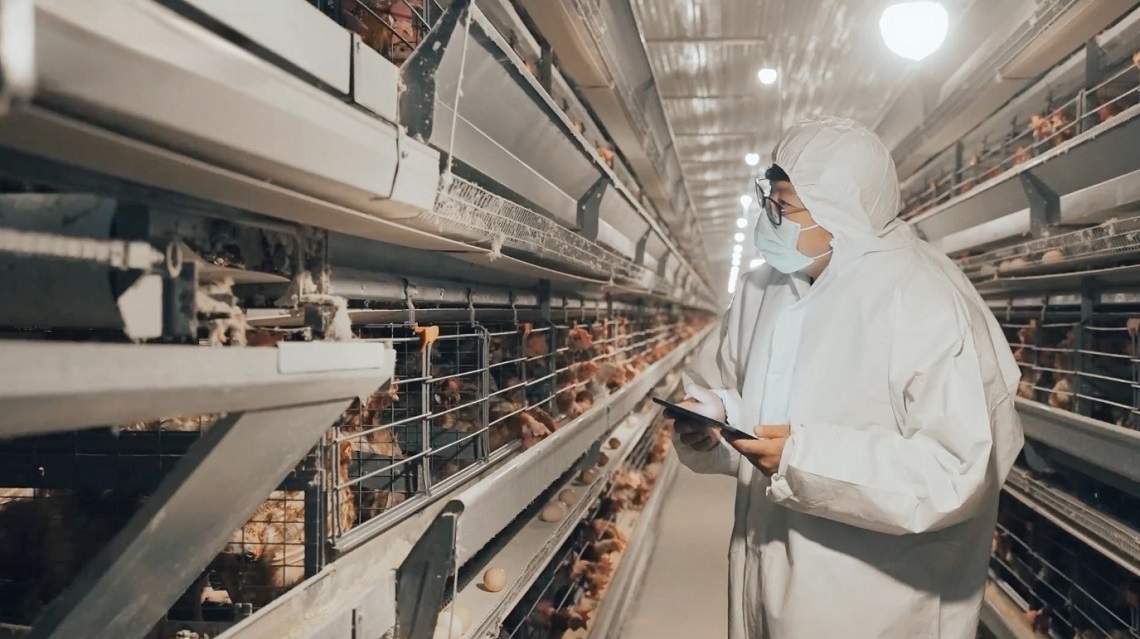
These tiny troublemakers can make your hens sick, and they can find their way into your farm or house in a variety of different ways.
-
People and Equipment: Pathogens can hitch a ride on farm workers, visitors, or equipment. If someone or something carries these bad bugs onto your farm, it can spell trouble for your hens.
-
Wildlife and Insects: Birds, rodents, and insects can also bring diseases. They pick up pathogens from one place and drop them off at another, like your farm. These carriers can be disease delivery agents.
-
Air and Dust: Some diseases can float in the air or stick to dust particles. This means that if there's an illness in one part of your farm, it can spread to other areas through the air or dust.
Feed and Water: Even the food and water you provide to your hens can become contaminated if not managed properly. If your hens eat or drink from contaminated sources, they can get sick.
It is important to regularly test for pH levels, as well as the presence of contaminants, bacteria, viruses and other pathogens. Water must be clean, free from impurities, and safe for consumption, which can be achieved with the use of Ultrasonic Cleaning equipment.

Elements and Practices of Layer House Biosecurity
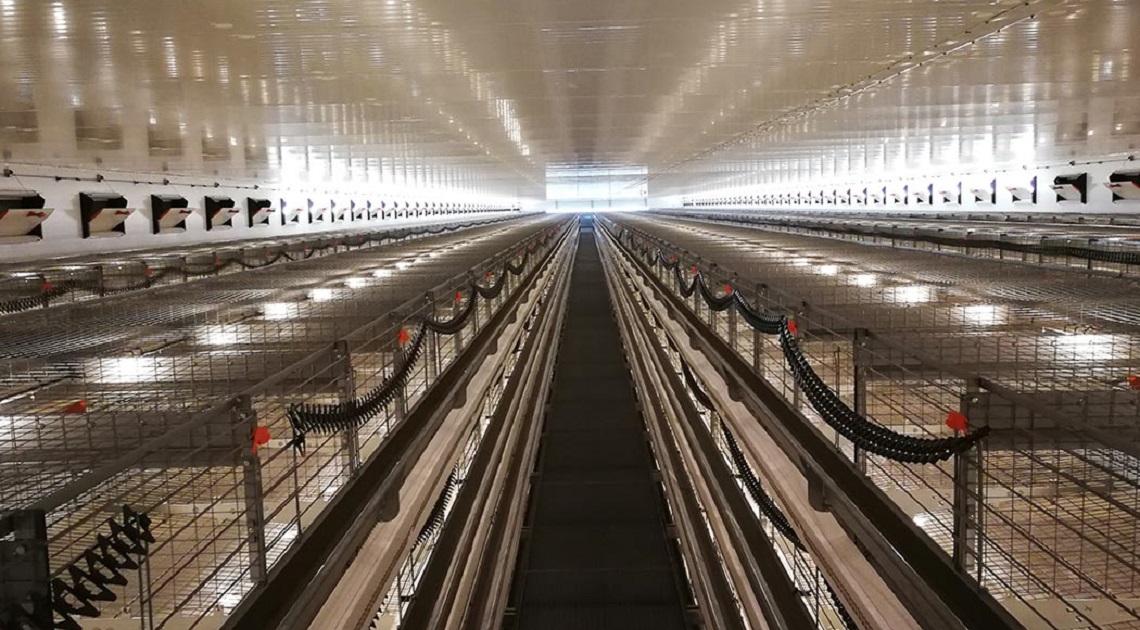
From basic hygiene rules to purposeful zoning and ventilation, commercial layer farms must deploy stringent biosecurity measures to mitigate the risks of diseases and outbreaks.
1. House Design and Structure:
-
Keep Ages Apart: It's best to separate hens of different ages. Younger hens are more vulnerable to diseases, so it's important to house them separately from the older ones.
-
Good Ventilation: Make sure your hen houses have proper ventilation. Good airflow helps remove dust, moisture, and harmful gases, which keeps your hens healthier.
-
Clean Floors and Manure Management: Choosing the right flooring and manure removal systems can help keep things clean. Stagnant water can attract pests and turn into a breeding ground for diseases.
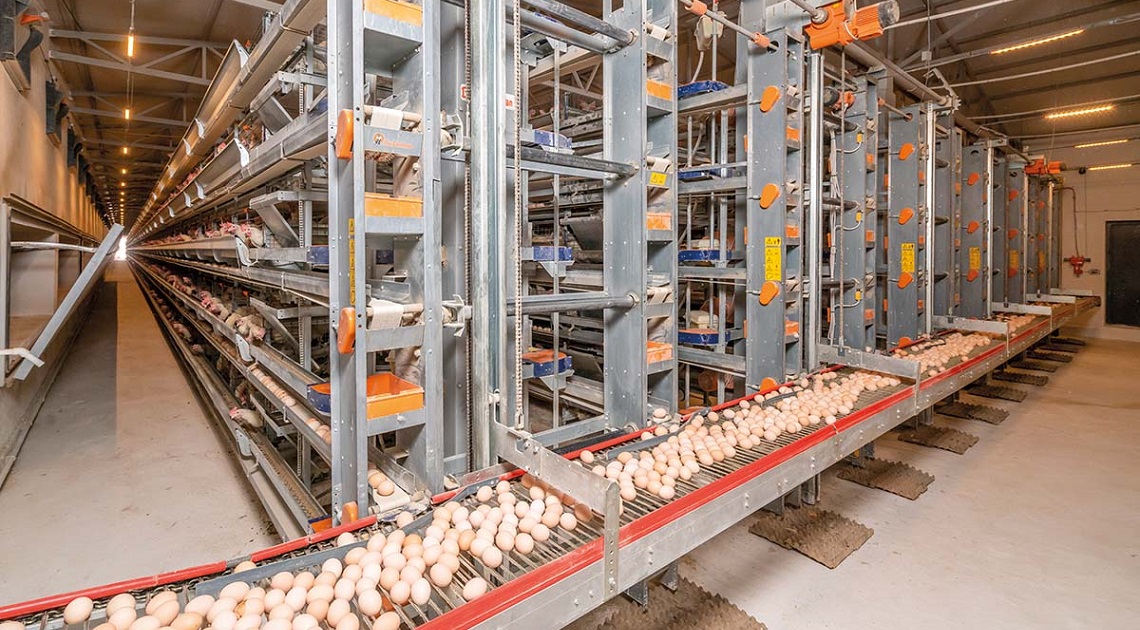
2. Operational Practices:
-
Control Visitors: You should know who's coming and going on your farm. Make sure everyone follows the rules – like wearing farm clothes and using footbaths and hand sanitisers.
-
Train Your Workers: Teach your farm workers about biosecurity. They need to know how to spot signs of illness and understand why following rules is important.
-
Fight Pests: Pests like rats and bugs can spread diseases. Use traps, bait stations, and regular checks to keep these critters away.
3. Risk Factors and Mitigation:
-
Check Bird Health: Keep an eye on your hens' health. Regular check-ups by trained workers can spot problems early. Alternatively, state-of-the-art systems such as Big Dutchman’s Vitality Monitoring System (VIM) can scan cages and identify any bird mortality automatically.
-
Diagnostic Testing: If there's sickness or death among your hens, get tests done. It helps figure out what's making them sick so you can take action.
-
Vaccinate Wisely: Vaccination is like giving your hens a shield. It's an effective way to prevent common diseases, but you need to do it right.
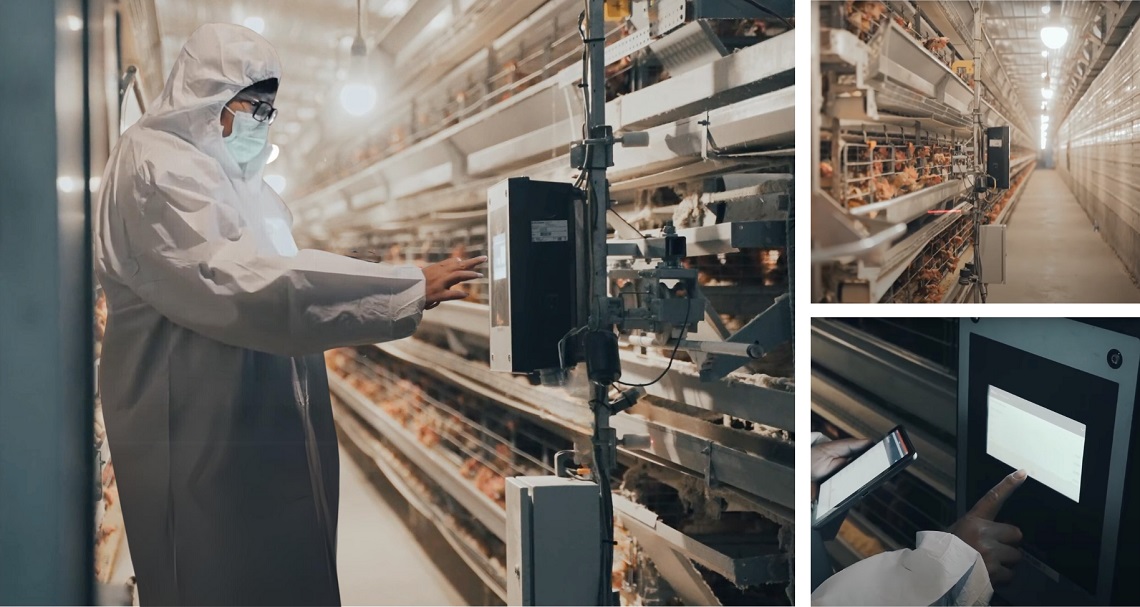
4. Farm Layout and Zoning:
-
Divide Your Farm: Split your farm into different zones based on disease risk. Keep the "clean" zone for your hens, and limit access. Have a "transition" zone where people and goods can enter, and an "external" zone for things like feed storage.
-
One Entry Point: Make sure there's just one way in and out for people and vehicles. This helps in keeping everyone on the same page when it comes to following biosecurity rules.
-
Manure Management: How you handle and get rid of manure matters. Keep it separate from clean areas and have a proper system for storing, transporting, and disposing of it.
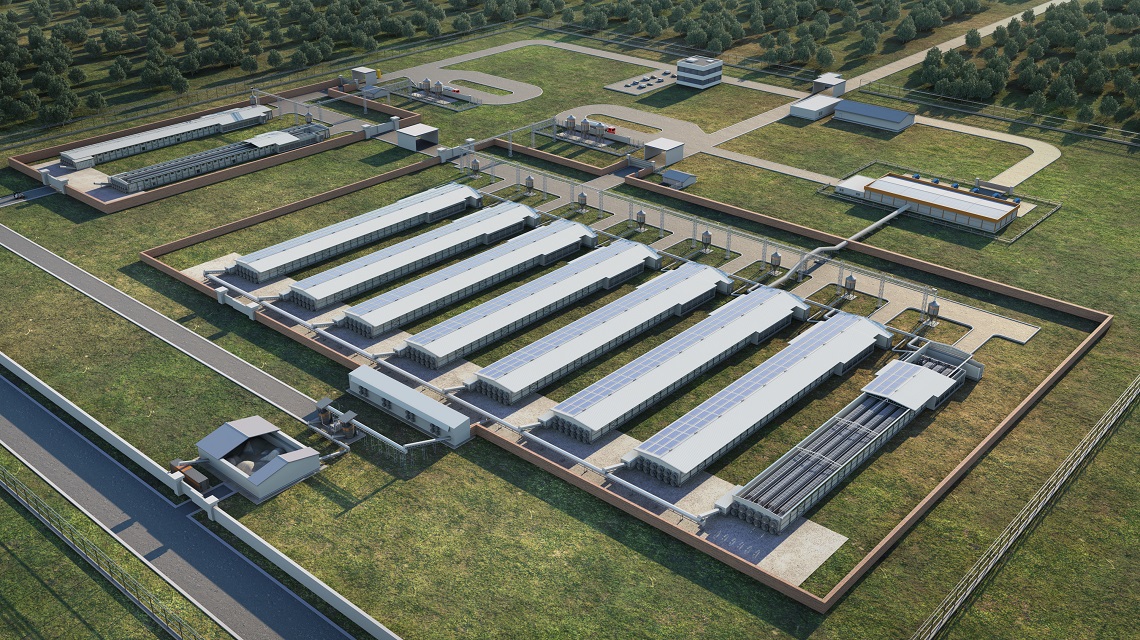
The threat of infections and diseases are ever-present in layer farms, which means protecting the welfare of the hens through strict biosecurity measures and constant vigilance is critical. In fact, Big Dutchman has been one of the pioneers in realising state-of-the-art layer farms with strict biosecurity compliance in Asia. One of Big Dutchman’s flagship projects, in collaboration with Charoen Pokphand Group (CP), is a 3 million layer and 1 million chicks’ facility that started operation in 2012, located in Beijing, China. This project is equipped with a full set of Big Dutchman’s layer equipment and manure drying systems, which is among the largest automated farms in Asia.
It may seem like big budgets and complex strategies are needed to ensure a layer farm is bio secure. But in actual fact, even modest and simple biosecurity measures can make a huge difference protecting your flock and investment. The key is to make biosecurity an integral part of your layer farm planning, management and operations.
|
Common Biosecurity Terms Explained |
|
Want to know more about how Big Dutchman can complement your layer farm biosecurity programme? Click the ‘Send a Message’ button below to talk to us!

Written by:
Robert Geerts , Sales Director – Business Unit Egg, Big Dutchman Asia

